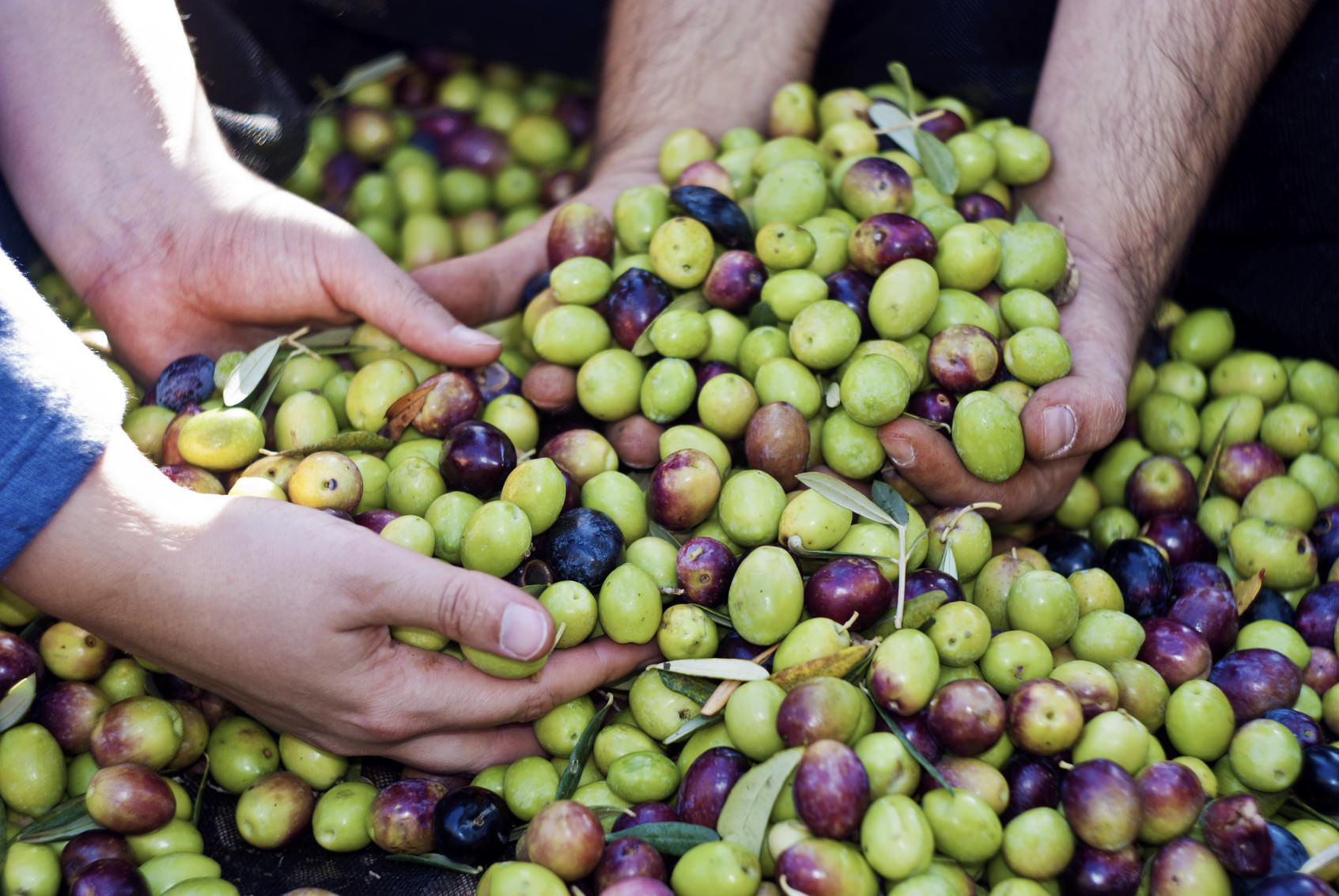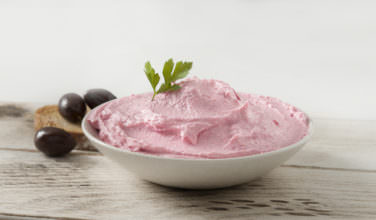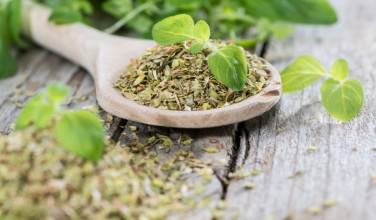Greek Art of Curing Olives
Comments Off on Greek Art of Curing Olives
 Greece has the ideal climate for growing olives and as a result of that, they have been part of the culinary tradition in the country since antiquity. Whether they are eaten whole or pressed for their oil, the Greek people have the growing, picking, and eating olives or the resulting oil down to a science. However, did you know that unless they are pressed for their oil, they actually don’t taste very good when plucked off the tree? In order to get the olives ready to eat, they need to be cured. Here is more information about the process of curing olives in order to get them to taste great:
Greece has the ideal climate for growing olives and as a result of that, they have been part of the culinary tradition in the country since antiquity. Whether they are eaten whole or pressed for their oil, the Greek people have the growing, picking, and eating olives or the resulting oil down to a science. However, did you know that unless they are pressed for their oil, they actually don’t taste very good when plucked off the tree? In order to get the olives ready to eat, they need to be cured. Here is more information about the process of curing olives in order to get them to taste great:
Why You Need to Cure Olives
If you’ve ever tried to eat a raw olive, you’ll understand why curing is so important. Olives are rich in a compound called glucosides, which are compounds that are extremely bitter. During the curing process, the glucosides are removed and this makes the olive edible because it has a much mellower flavor. Different varieties of olives have different glucoside levels but the main idea is still the same – the olives need to be cured in order to remove the bitter flavor and there are no olive that are an exception to this rule. Not much is known as to how Greeks realized that olives needed to be prepared in this way in order to make them taste great, but they have certainly had plenty of time to get it right!
Different Methods for Curing Olives
There are actually several different methods for curing olives and everyone has their preferences on which method is best. It all depends on the region of Greece where the olives are cured and also on personal preferences. Here is an overview of some of the most common methods:
- Salt-cured olives. This method involves picking the olives and then packing them into a container with plenty of sea salt covering each of the olives. The container is then covered with cheesecloth or a towel and set out in the sun for about a week, stirring the contents of the container twice a day in order to bring the contents from the bottom to the top. Be sure to take the olives inside at night when the sun doesn’t shine. The olives will be black, soft, and perfectly ripe at the end of the week.
- Water-cured olives. This method of curing olives involves creating a brine solution out of water and salt and pouring it into a jar that has been filled with olives. The jar is covered tightly and left to sit for a total of around four weeks, making sure to drain the brine once a week and replacing it. The olives that result are usually a lot softer than the salt-cured olives.
Seasoning the Olives
After the olives are finished curing, they’re ready to eat. However, for many Greeks, they’re not quite ready. Some take the extra step to marinate the cured olives with things like lemon or orange zest, oregano, peppercorns, lemon juice, vinegar, and more. In fact, there are both regional and family recipes that can be found throughout Greece that each do something completely different.
Sure, olives are an important part of Greek cuisine. However, unless they’re cured, they’re far too bitter to eat. Curing them makes them soft and flavorful!
Visit our Greek olives section for more information about all the different olives you can find!
Categorized in: Greek Cooking
This post was written by Greek Boston
Share this Greek Cooking Article:





